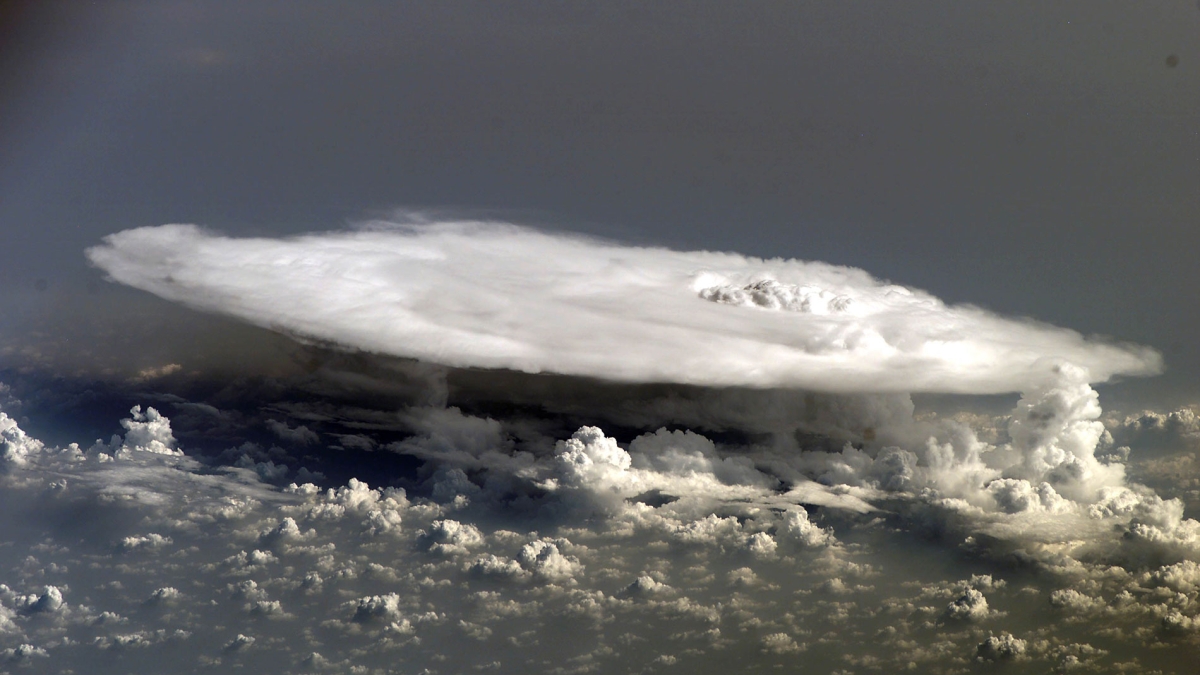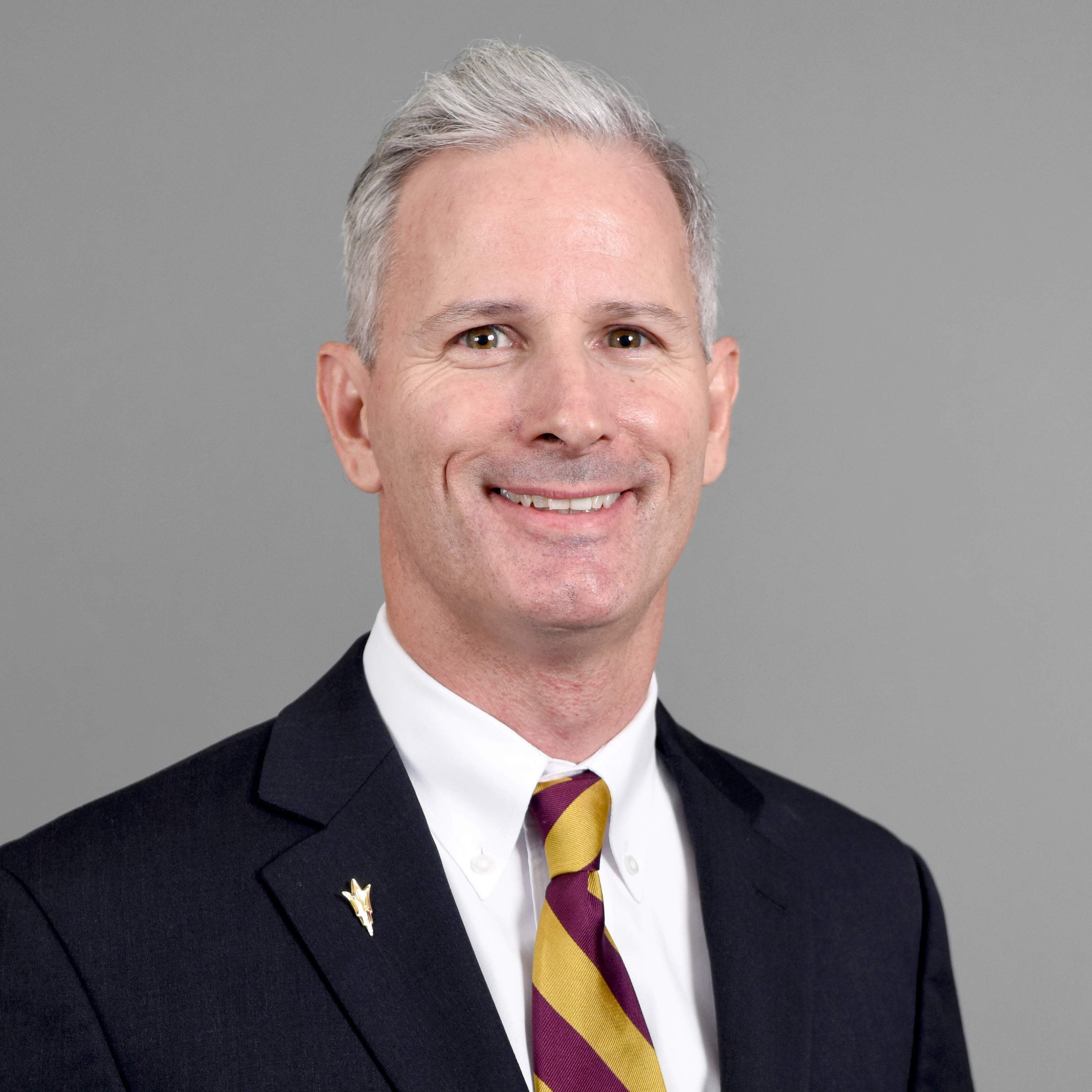The fourth federal climate change report was released late last week. The assessment was grim.
Thousands could die. Annual losses could top billions of dollars. Seafood harvest and crops will decline. Wildfires and floods will increase. Rising sea levels will threaten trillions of dollars' worth of coastal real estate.
Dave White, director of the Decision Center for a Desert City and professor in the School of Community Resources and Development at Arizona State University co-authored the paper. ASU Now talked to him about what the results mean.
Question: The Fourth National Climate Assessment report (NCA4 Volume II) was released this week. How is the report produced and who are the authors?
Answer: The Fourth National Climate Assessment was produced by the U.S. Global Change Research Program with input from more than 300 expert authors. The contributors come from federal government agencies, universities, national labs, tribal and indigenous communities and the private sector. The Global Change Research Act of 1990 mandates that the federal government prepare a report for Congress every four years to analyze the effects of global climate change on the environment, economy, agriculture and other aspects of American life. The report is classified as a "highly influential scientific assessment," which means that it has the potential to affect many areas of federal law and policy and therefore must meet the most stringent quality and review requirements.
Dave White
Q: What are the major highlights or key findings from the assessment?
A: First of all, the report once again confirms the overwhelming scientific consensus that there is clear, significant and compelling evidence that human activities, especially greenhouse gas emissions, are warming the Earth's atmosphere and causing global climate change. The report makes a direct connection between climate change and negative impacts on Americans' lives both now and in the future.
The report concludes that the evidence of human-caused climate change is overwhelming and that climate impacts are intensifying across the United States. These impacts are increasing risks to environmental, physical, social and economic well-being. The NCA4 details the impacts of climate change to national topics such as human health, water, energy, forests, oceans, agriculture, transportation and tribes and indigenous people. Also, the report explains how climate change is affecting different regions of the country such as the Southwest.
Most importantly perhaps, the report focuses how we can respond to climate change by reducing emissions and adapting to changes. While the message is clear that the risks are real and already here, the report highlights responses that can not only help us to adapt to climate change but also improve equity, justice, health and national security, for instance.
Q: Which chapter did you help to write and what are the take-home messages?
A: I co-authored Chapter 17 of the assessment (Complex Systems), which highlights the interconnected nature of climate change risks. For example, climate change is increasing the severity and extent of droughts in the West, stressing the availability of water supplies and leading to less water available to support agriculture or energy. As climate change leads to more severe heat waves, stressing electricity demand, we will experience more energy infrastructure failures, or blackouts, which can cripple a city's water treatment plants. One of the key messages from our chapter is that we need to improve the joint management of these interconnected systems to enhance the resilience of communities, industries and ecosystems to climate stress. For example, in the Southwest during times of severe drought, reservoir operations are managed to balance the demands for drinking water, farms and electricity production.
Q: The chapter in the Southwest included some helpful things being done in the region. What can individuals do to do their bit?
A: Climate change is affecting the Southwest by increasing the likelihood and severity of water shortages, wildfires and droughts but also occasional floods, episodes of extreme heat and diminished snowpack, among other factors. Many of these risks disproportionately affect the most vulnerable members of our communities. People, communities and governments across the region, however, are taking action to respond to climate change and reduce future vulnerabilities. These are discussed in Chapter 25 of the report (Southwest), which was led by our colleague Greg Garfin of the University of Arizona. To contribute to climate change adaptation, communities of the Southwest are promoting renewable energy, urban water conservation, wildfire fuel reduction and increasing agricultural efficiency. This report provides the most authoritative and up-to-date assessment of the impacts of climate change — impacts that are here now — and provides specific actions we must take to avoid the most disastrous consequences.
Above photo: The image, taken while the International Space Station was located over western Africa near the Senegal-Mali border, shows a fully formed anvil cloud with numerous smaller cumulonimbus towers rising near it. The high energy levels of these storm systems typically make them hazardous, due to associated heavy precipitation, lightning, high wind speeds and possible tornadoes. Credit: NASA. Source: NASA Goddard Space Flight Center Flickr page.
More Environment and sustainability

ASU prof turns trash into treasure
The Research Corporation for Science Advancement, or RCSA, regularly hosts a series of discussions known as Scialog, a portmanteau of science and dialogue. Created in 2010, the Scialog format…

Best outdoor experiences are shared and build connections, recreation professor says
Steve Sassaman doesn’t really need to tell you he’s an outdoorsman. One look at his full, dark beard gives a vibe that clearly says he knows which end of the kayak to put into the water first.While…

ASU offers new project-based courses for global leaders of tomorrow
Addressing complex challenges requires innovative solutions.This is why the College of Global Futures — with its four academic units including the School for the Future of Innovation in Society, the…

